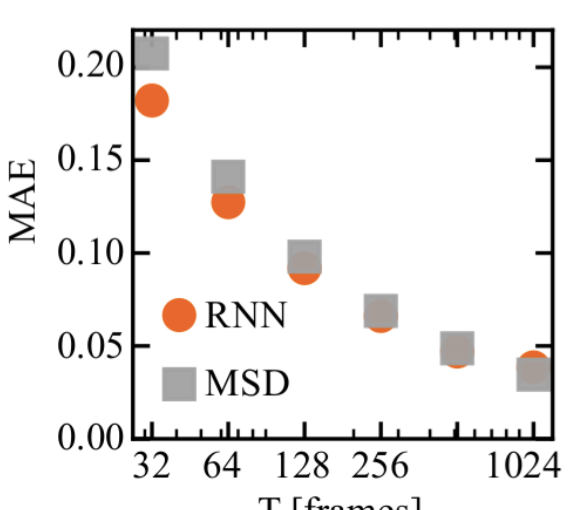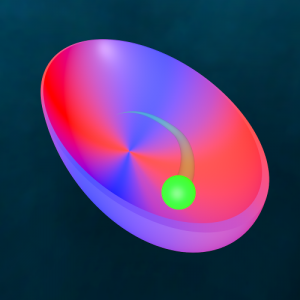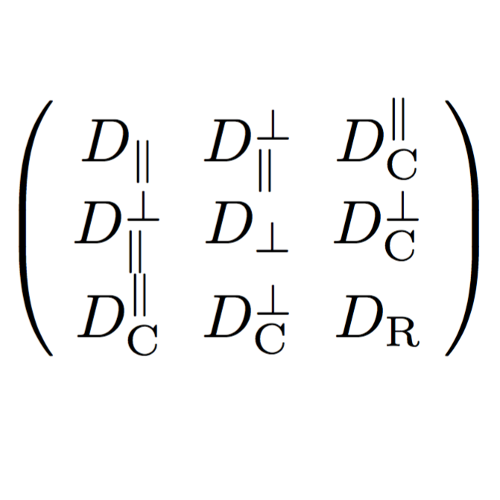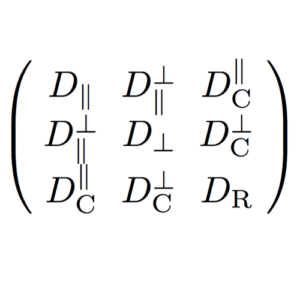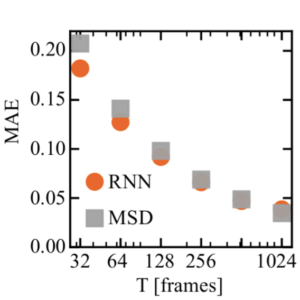
Measurement of Anomalous Diffusion Using Recurrent Neural Networks
Stefano Bo, Falko Schmidt, Ralf Eichborn & Giovanni Volpe
Physical Review E 100(1), 010102(R) (2019)
doi: 10.1103/PhysRevE.100.010102
arXiv: 1905.02038
Anomalous diffusion occurs in many physical and biological phenomena, when the growth of the mean squared displacement (MSD) with time has an exponent different from one. We show that recurrent neural networks (RNN) can efficiently characterize anomalous diffusion by determining the exponent from a single short trajectory, outperforming the standard estimation based on the MSD when the available data points are limited, as is often the case in experiments. Furthermore, the RNN can handle more complex tasks where there are no standard approaches, such as determining the anomalous diffusion exponent from a trajectory sampled at irregular times, and estimating the switching time and anomalous diffusion exponents of an intermittent system that switches between different kinds of anomalous diffusion. We validate our method on experimental data obtained from sub-diffusive colloids trapped in speckle light fields and super-diffusive microswimmers.
